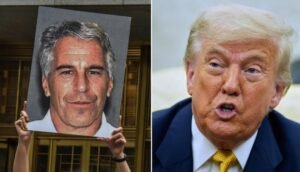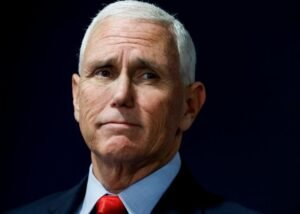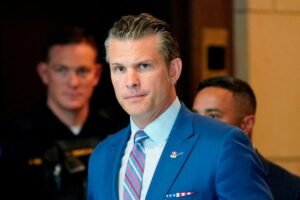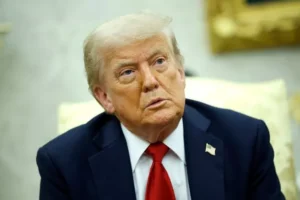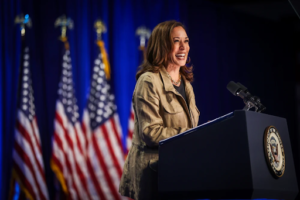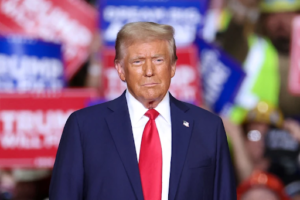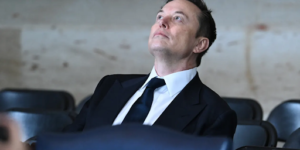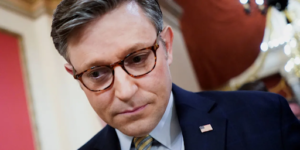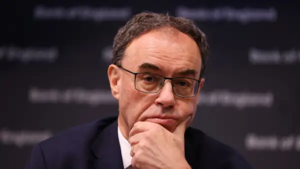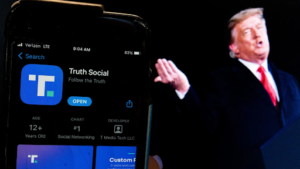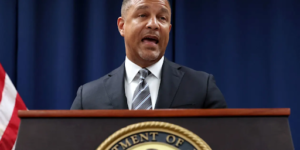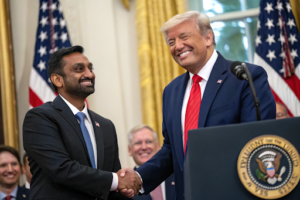President Seeks to Reassure Public Amid Economic Uncertainty
President Donald Trump, in a recent interview with NBC News, attempted to reassure the American public by describing the current state of the U.S. economy as a “transition period.” While acknowledging the possibility of a short-term recession, he downplayed its potential impact and expressed optimism about the future. “Everything’s OK,” Trump said. “I said, this is a transition period. I think we’re going to do fantastically.”
This statement came as economic analysts and political observers closely examine early indicators of slowing growth. Trump’s remarks were seen as an effort to calm public nerves amid mixed economic signals and increasing political scrutiny.
Social Media Post Echoes Optimism
Earlier on the same day, Trump echoed similar sentiments in a post on Truth Social, his social media platform. “We’re only in a transition stage, just getting started!” he wrote, suggesting that the current economic challenges are temporary and that a period of robust growth is just around the corner.
In his post, Trump highlighted continued strength in employment figures as a positive sign for the U.S. economy, despite recent data showing job growth had slightly slowed in April. He also reiterated his call for the Federal Reserve to lower interest rates to support further economic expansion.
Slower Job Growth Raises Questions
The U.S. Labor Department’s April report showed a marginal decrease in job creation, prompting fresh concerns about the health of the economy. While job growth has not stopped, the slowdown was enough to spark debate among economists and investors.
Trump, however, pointed to steady employment rates as evidence that the economy remains on solid footing. “We still have strong job numbers,” he said. “People are working, businesses are hiring, and we’re in good shape for the long term.”
Tariffs and Trade Policy Under Fire
Despite Trump’s positive framing, critics argue that the president’s trade policies — particularly his aggressive use of tariffs — may be contributing to economic instability. Over the past few months, the administration has imposed a series of tariffs on imports from major trading partners, including China and the European Union. These measures were aimed at reducing the trade deficit and protecting American industries but have also led to increased prices on many consumer goods.
Many economists believe that the tariffs could be fueling inflationary pressures while also causing businesses to delay investment due to increased uncertainty. A recent Commerce Department report indicated that businesses were rapidly stockpiling goods before new tariffs took effect, a move that contributed to the first quarterly GDP decline in three years.
Mixed Economic Data Sparks Debate
The advance GDP figures for the first quarter of the year revealed a slight contraction in economic output. This marked the first such decline in over three years and triggered fresh fears that the U.S. may be heading toward a recession.
However, not all analysts agree on the outlook. Some point to continued consumer spending and stable private investment as reasons for optimism. These indicators suggest that the economy may be resilient enough to bounce back in the coming months if supportive monetary policies are enacted and trade tensions ease.
Approval Ratings Decline as Economic Concerns Grow
Trump’s handling of the economy is becoming a central issue for his presidency, especially as he moves past the 100-day mark in office. A recent Reuters/Ipsos poll conducted after the April economic reports showed a noticeable dip in public approval. Just 42% of respondents expressed support for Trump’s performance — a drop of five percentage points compared to shortly after his inauguration on January 20.
The poll underscores the challenge Trump faces in maintaining public confidence while navigating economic uncertainty. His administration has touted early economic gains as evidence of effective leadership, but sustained scrutiny of his trade policies and broader fiscal strategy could pose challenges ahead of the next election cycle.
Call for Lower Interest Rates
As part of his strategy to boost the economy, Trump has continued to pressure the Federal Reserve to reduce interest rates. Lower rates would make borrowing cheaper for both consumers and businesses, potentially stimulating spending and investment.
While the Fed operates independently of the executive branch, Trump’s public calls for rate cuts reflect a growing political desire to engineer more favorable economic conditions. Critics warn, however, that overly aggressive rate cuts could backfire if inflation rises too quickly or financial markets become unstable.
Looking Ahead: Transition or Trouble?
Whether the current economic situation represents a manageable “transition period” or the early signs of a deeper downturn remains to be seen. Trump’s optimistic rhetoric is designed to project confidence, but the underlying data presents a more nuanced picture.
With inflation pressures, tariff impacts, and mixed employment figures all playing a role, the coming months will be critical in determining whether the U.S. economy stabilizes or slips further toward recession. For now, President Trump is banking on resilience — both economic and political — as he seeks to guide the nation through uncertain times.


